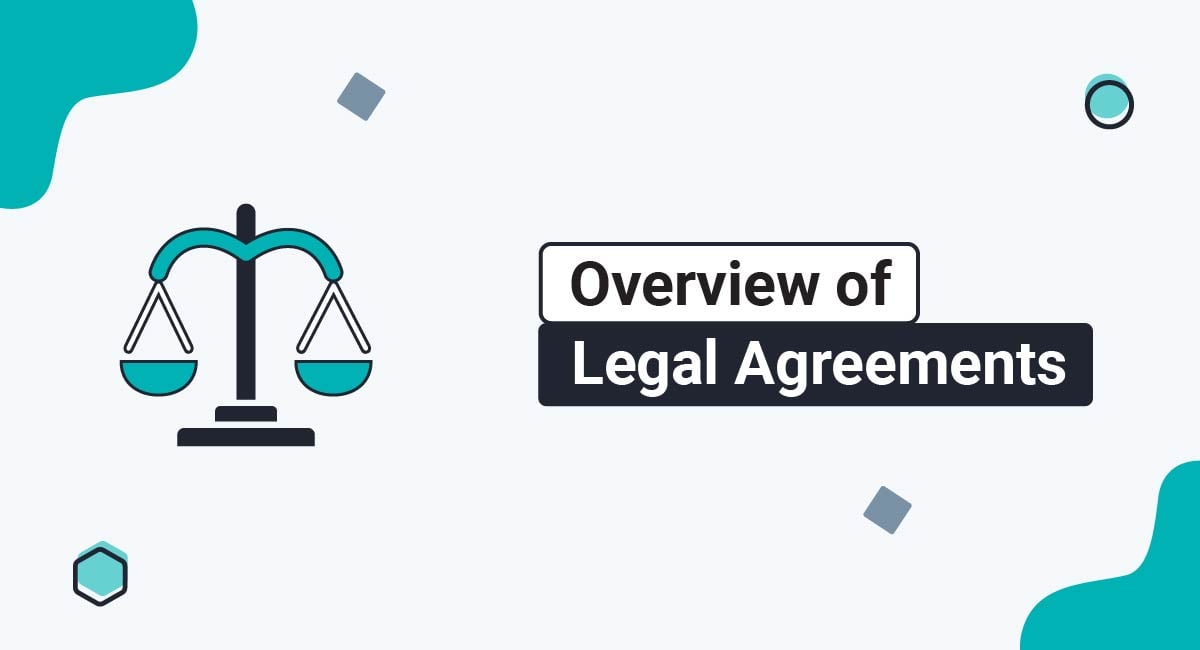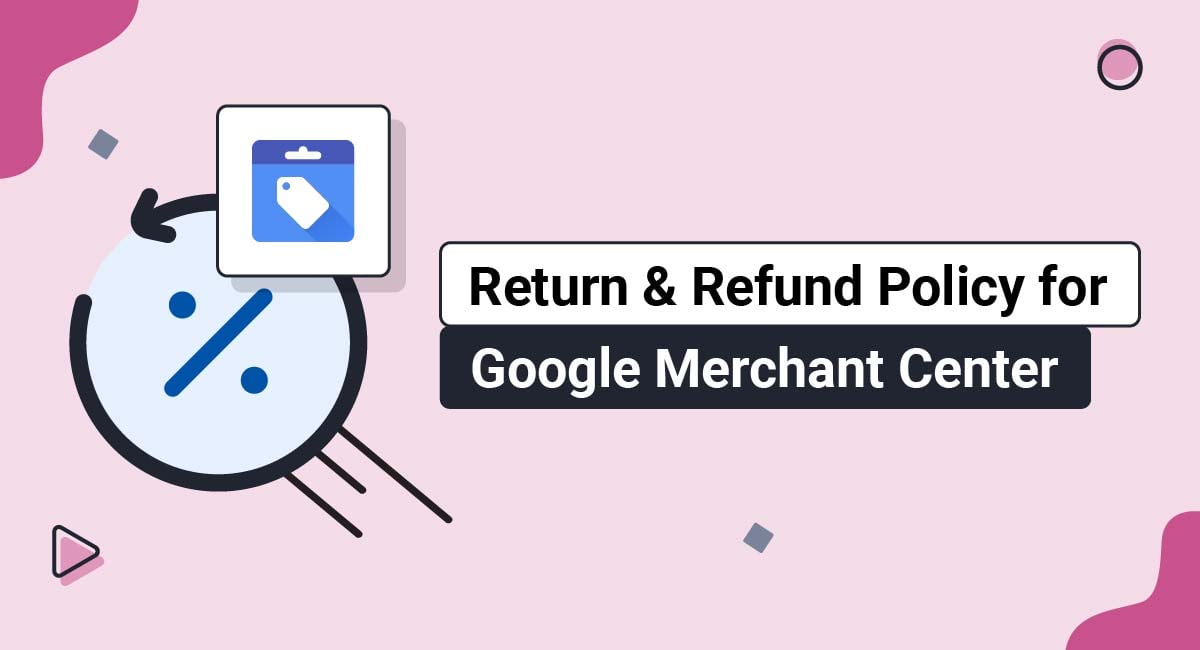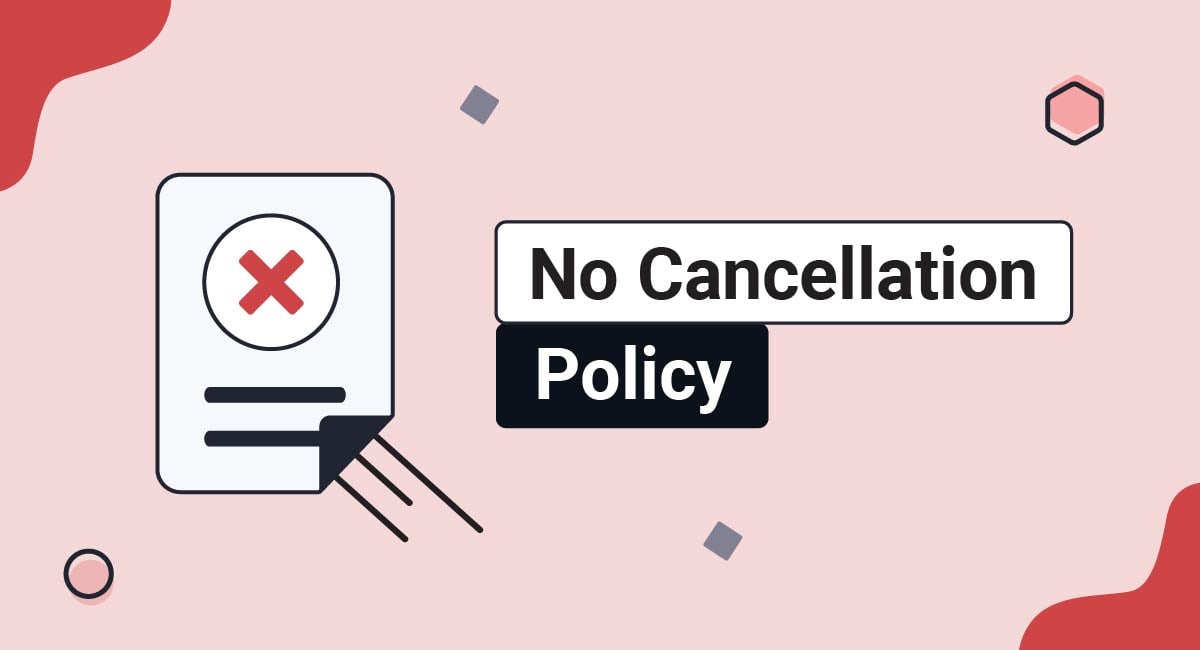Return & Refund Policy Generator FAQs.
Have questions about our Return & Refund Policy Generator before you sign up? Find the most popular questions answered below.
A Return and Refund Policy is where you let your customers know important pieces of information regarding how you accept returns and process refunds.
This Return & Refund Policy will include information about the following topics:
- How many days customers have to return a product
- What the conditions of returns are (original packaging, unused, etc.)
- Who pays for return shipping
- Expected turnaround time for issuing refund
- Method of refund (store credit, original payment method)
Yes, the Return & Refund Policy Generator from TermsFeed is free to use.
Our agreements and policies are free. We sell optional premium agreements with additional clauses (one-time fee) that can protect your business interests better.
Yes, the Return & Refund Policy Generator from TermsFeed allows you to download the Return & Refund Policy document as HTML, DOCX or Plain Text.
Use the Return & Refund Generator from TermsFeed to create a free Return & Refund Policy for your business.
Copying someone else's Return & Refund Policies is illegal. Under copyright laws, legal agreements (including a Return & Refund Policy) are protected by copyright.
The purpose of a Return and Refund Policy is to inform your customers or potential customers how you handle situations where a return wants to be made and a refund is requested.
A Return & Refund Policy will help your customers find answers quickly while making your business look more trustworthy and transparent.
Without a Return and Refund Policy, people will be far less likely to shop at your ecommerce store. Consumers like to know in advance how a business will handle a situation where the product isn't satisfactory and a refund is desired. Having this Policy can help keep you from losing a lot of potential customers.
If you don't post a Return and Refund Policy, you will likely get a lot of emails from people asking about it, which will be very time-consuming to deal with.
Not only is a Return and Refund Policy important for your customers, but it's important for your business.
It depends on which state you do business in and what your unique terms are regarding returns and refunds.
Generally, if you wish to have enforceable policies surrounding returns and refunds, you will most likely need to post a Return and Refund Policy on your website or mobile app.
A lot of states have laws that set default parameters around returns and refunds unless a business posts a Return and Refund Policy. For example, in Florida, if you want to have a "no refunds" policy you need to post this conspicuously or shoppers will be allowed to make returns within 7 days of a purchase.
No matter what your individual policy is, you should always post a Return and Refund Policy to have your policies upheld.
However, some states do explicitly require you to post a Return and Refund Policy if you won't offer refunds. For example, stores in Florida that wish to have a "no refunds" policy must post this conspicuously for shoppers to see before checking out. Otherwise, shoppers will have 7 days from the purchase date to make a return and get a refund.
If you don't want to offer refunds, make this clear in a Return and Refund Policy. Otherwise, you may have to honor return requests and issue refunds as per law.
Your Return and Refund Policy should detail the following points:
- How many days customers have to return a product: Be as clear as possible about this. It may vary depending on the category of item, or by season. Some places offer shorter windows on consumables and longer windows on general goods.
- What the conditions of returns are: Let customers know what they need to do for you to accept a return. Do the items need to be in original packaging, tags attached, in unused condition? Do you need customers to contact you for a return authorization number first? Note any restocking fees or other deductions as well.
- Who pays for return shipping: This is an important part of online shopping for consumers. If you require customers to pay for return shipping, make this clear, especially if you sell large and heavy goods. If you send prepaid shipping labels, note this in your Return and Refund Policy.
- Expected turnaround time for issuing refunds: Customers want to know how long they'll need to wait before getting their money back. Give a rough estimate and let it be known that it may take longer in some cases.
- Types of refunds given: Describe how you issue the refund. Do you put the funds on a store gift card or only issue store credit? Do you put the funds back onto the original payment method used for the purchase?
The more information you can provide, the better. If you only sell one similar product or service, your Return and Refund Policy will likely be far shorter than what a larger business with international customers and hundreds of products for sale will have.
Display your Return and Refund Policy via link in your website footer. People know to look here for important legal agreements and information, such as your return information.
You should also include a link to your Return and Refund Policy on the checkout page right before someone submits an order. You'll see this oftentimes linked with a Terms and Conditions agreement and Privacy Policy, asking the shoppers to agree to each.
A Return and Refund Policy lets customers know how you handle returns and refund requests. Its scope is limited to that topic.
A Terms and Conditions agreement is far more broad in scope and addresses the use of your website or service. Potential topics covered in a T&C include governing law, restrictions of use, third party services, termination of accounts and contact information.
While you can include return and refund information in your Terms and Conditions agreement, it's better for your customers in most cases to have a separate Return and Refund Policy that you can link to your T&C.
If your Return and Refund Policy is very short, you can definitely include it in your Terms and Conditions agreement. But you should still have a separate linkable Return and Refund Policy as well to make it easier for your customers to find what they're looking for quickly without needing to go through your entire T&C.
If your Return and Refund Policy is very long, it's better to keep it as a separate document and out of your T&C. However, you should definitely add a short clause to your T&C letting customers know that you have a Return and Refund Policy and link the T&C clause to your complete, robust Return and Refund Policy.












